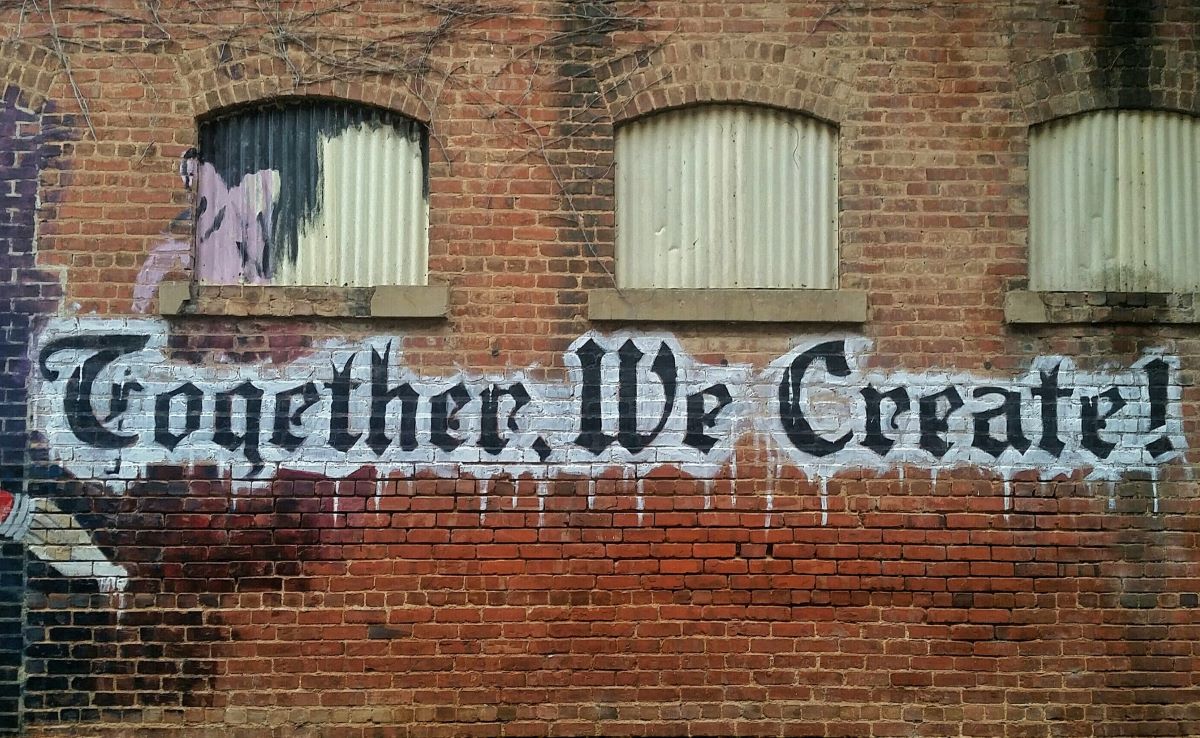
Finding fundraising focus amid the turbulence
At the start of 2024, Michelle Wright offers her expert advice about where to focus your fundraising energies in a climate of uncertainty.
Arts and culture organisations are facing multiple challenges in relation to income. There are several underlying issues, such as changes in audience behaviours post-Covid and the cost-of-living crisis, leading to reduced or uncertain box office, and inflationary pressures.
Similarly, stand-still statutory funding, an uncertain picture for philanthropy and a real time decline in corporate giving, is leading to very high competition for available private sector funds.
There is also the impact of at least 26 English councils which have declared, or are on the verge of bankruptcy, which has led to sudden decisions to cut arts funding as in the case of Birmingham International Dance Festival and the strategic funding cuts of arts organisations by Bristol City Council, Nottingham City Council and Suffolk County Council.
Critical financial difficulties
This combination of factors has led to the closure or restructure of several arts organisations already, with more organisations indicating they are facing serious financial difficulty with limited or non-existent reserves.
Those most heavily hit are mid-scale and grassroots venue-based organisations, especially those facing the triple whammy of reduced box office, high inflation and reductions or cuts in local authority support.
The pressures on the leadership of arts organisations is therefore acute. At such times of difficulty, finding ways to focus, to spend time where there will be the best Return on Investment is essential, while also protecting the well-being of staff and volunteers.
No magic wand
There is no magic wand, but the data suggests certain areas to focus on as we enter 2024 that might reap the best rewards:
• Place-based investment: If we analyse the strategies of major funders such as government (including shadow government), Arts Council England, National Lottery Heritage Fund and local authorities, the one consistent theme running through is investment in place. It can be difficult for arts organisations to get a seat at the table in conversations about place – through Local Enterprise Partnerships, local authorities or similar – but being alert to place-based funding opportunities and a voice for beneficiaries in particular locales will be vital.
• Fundraising: Organisations can no longer look to fundraising to meet deficits. The levels of income involved and the speed needed to bring in new money makes success unlikely in the current climate. As part of scenario planning, organisations have to address costs and earned income, as much as on fundraised income. As was the case during Covid, the best and most immediate returns will likely come from established relationships with existing funders and donors.
• Funder targets: Originally agreed targets might not be possible to achieve against this backdrop. Funders are acutely aware of the pressures facing organisations, so it is much better to work in partnership with them to address the challenges rather than present a series of missed targets when it’s too late to rectify. Organisations have to lose the fear of judgement from funders as most will be entirely supportive and will want to see their funded organisations both survive and thrive.
• Scenario planning: While the thought of closure or restructure might be unpalatable, boards must prioritise sustainability and scenario plan for a future that might include ceasing operations, business remodelling, partnerships or merger and acquisition. Speed is of the essence and sourcing expertise may be necessary if it’s not available in the current board’s skillset.
• Confident campaigns: With the public perception that charitable and artistic organisations are vulnerable at the moment, fundraising campaigns should be embedded in providing support for the community or ensuring confidence that the organisation has a long-term future. Some organisations are launching legacy or endowment campaigns to clearly convey their intention to be around long into the future.
Modelling the future
As we look to 2024 and beyond, undoubtedly we face further uncertainty. At a global level, war, economic turbulence and environmental concerns will continue to dominate. A continuing slowdown in global economic growth is predicted, which will impact public services and living standards. Generational wealth gaps might lead to the kind of societal polarisation that drives ‘culture wars’ and anger about injustice and inequality.
Artificial intelligence will become part of who we are, bringing both opportunities and concern, especially in relation to job roles and ethics. We will also continue to face quandaries about how we work (remote, office, hybrid) and how we want to work (flexibly, four-day week, part-time) with its respective impact on social mobility and well-being.
The arts might feel on the back foot now, but we are also uniquely placed to lead change in promoting different delivery models and making sense of challenging world issues through creativity. But in income terms, in 2024 we will have to make hard choices, to be ruthless in how we spend our time and to constantly fight to make the case for the urgent need of what we do. Our sector will start to look and feel different but fundraising that makes the case for art as a reflection of society, its role in communication and as the bedrock of the culture of a place will never be more important.
Michelle Wright is CEO of Cause4 and Programme Director of the Arts Fundraising & Philanthropy Programme.
![]() artsfundraising.org.uk
artsfundraising.org.uk
![]() @artsfundraising | @MWCause4
@artsfundraising | @MWCause4
This article is part of a series on the theme Fundraising for the Future, contributed by Arts Fundraising & Philanthropy.
Join the Discussion
You must be logged in to post a comment.